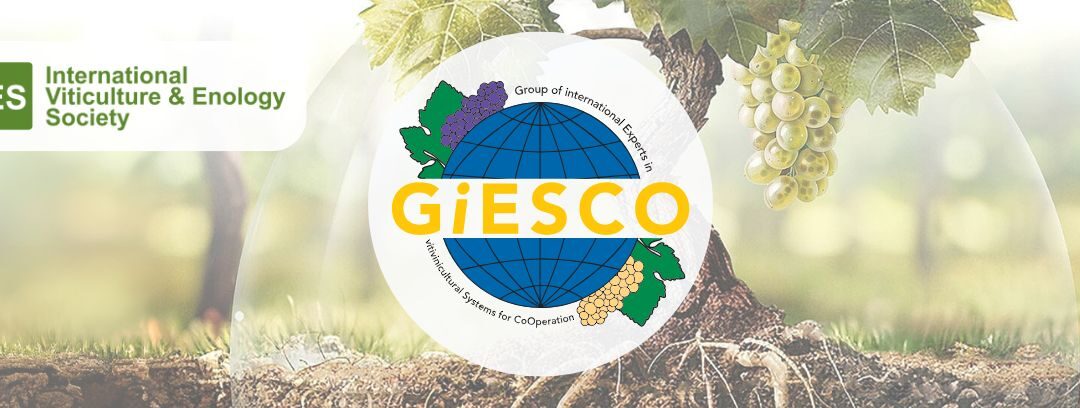Early and accurate grapevine disease detection and surveillance are crucial for optimizing vineyard management practices.
GiESCO 2025
Spectral discrimination between Vitis vinifera and labrusca by spectroradiometric techniques
Brazil is one of the few countries where vineyards of Vitis labrusca and Vitis vinifera coexist in the same geographical spaces, due to complex processes of territorial occupation by successive waves of European settlers.
Impact of sample size on yield estimation in commercial vineyards
The accurate estimation of yield is a fundamental for suitable viticulture, playing a pivotal role in the planning of logistics, the allocation of resources and the formulation of commercial strategies.
Approaches for estimating the age of old vineyards in Campo de Borja
Determining the age of a vineyard is essential for understanding its influence on wine quality and characteristics.
Climate regionalization of Uruguayan viticulture for ecological sustainability
Ecological sustainability refers to developing viticulture in adequate environmental conditions.
Field evaluation of biofungicides to control powdery mildew and botrytis bunch rot of wine grapes in California
Grapevine powdery mildew caused by Erysiphe necator and Botrytis bunch rot caused by Botrytis cinerea are two of the most important fungal diseases in California grape production.
Soil mineral nitrogen dynamics in cover-cropped irrigated vineyards with contrasting soil textures
Context and purpose of the study. Cover cropping in vineyards supports grape yield, quality, and soil health.
Optimizing vine pruning of Pinot noir and Müller-Thurgau after extreme hail damage
Hail damage can have a major impact on the vine’s physiological growth (defoliation, wood and cane damage) and can lead to significant yield and economic losses.
Exploring between- and within-vineyard variability of “Malvasia di Candia aromatica” vineyards from Colli Piacentini
Several studies demonstrated how climate and soil may be key drivers of variability at different scales.
Drip irrigation and precision cooling reduce impact of extreme heat events during berry ripening
Context and purpose of the study. Heatwaves have become more frequent and intense in several winegrowing regions.
Improving grapevine cloning material of Welshriesling by comprehensive analysis
The important grape variety Welschriesling for Austrian and Southeast European viticulture has been selectively bred over the years for improving some quantitative traits. Collected genotypes as well as the local clones were examined from agricultural, analytical, sensory, and genetic perspectives.
Above and below–research challenges for the future of winegrape production
Grapevines interact with the climate (aboveground) and the soil (belowground), affecting the characteristics of winegrapes produced. These interactions are impacted by climate change, the erosion of biodiversity, and losses of soil organic matter (SOM).
PyExpress – A pipeline for fast and reliable UAV image processing in vineyards
Increasing drought poses a challenge to viticulture, with complex impacts on grape yield and quality. The use of Unmanned Aerial Vehicles (UAV) in Precision Viticulture offers a valuable tool to detect drought stress, capturing its spatio-temporal variability and thus, supports management strategies.

OENO One Special Issue and abstracts – GiESCO 2025
IVES is collaborating with the organizers of GiESCO 2025 to promote the scientific content including a special issue in OENO One and the publication of the abstracts in Open Access on IVES Conference Series.
